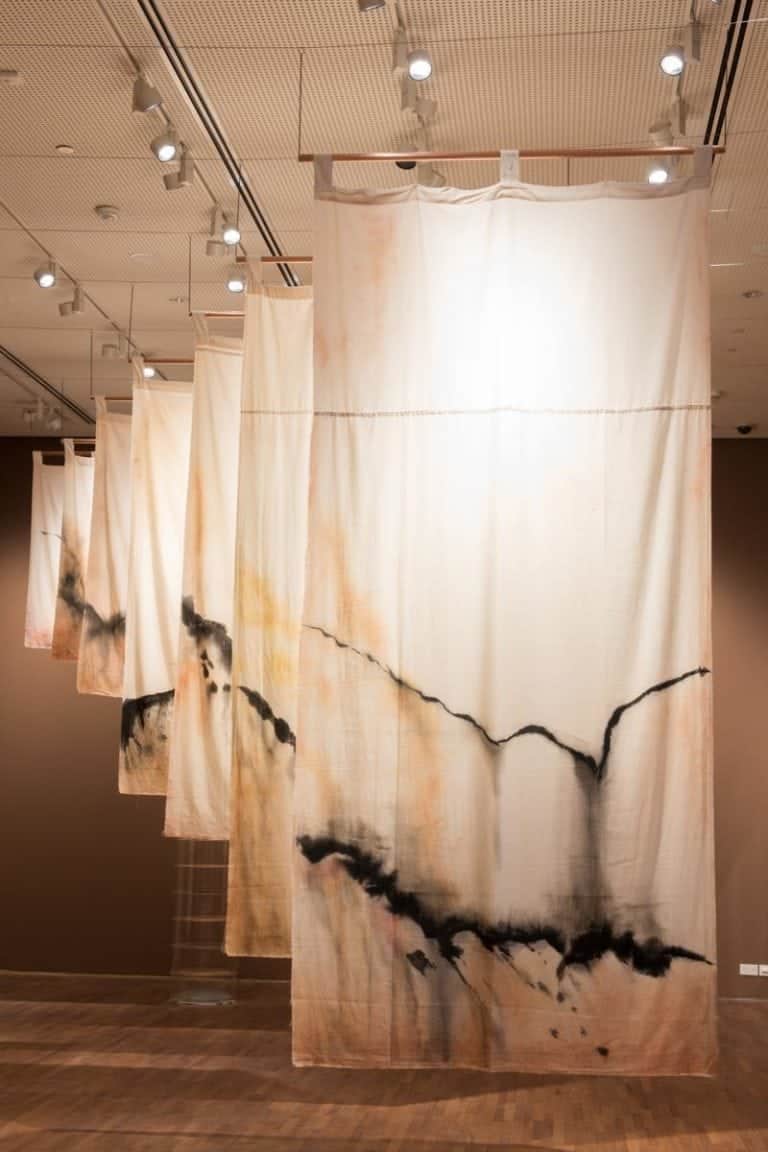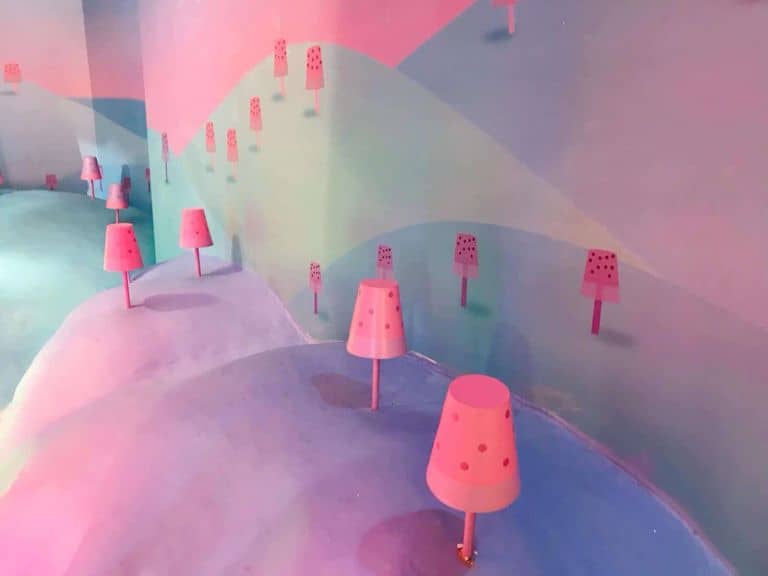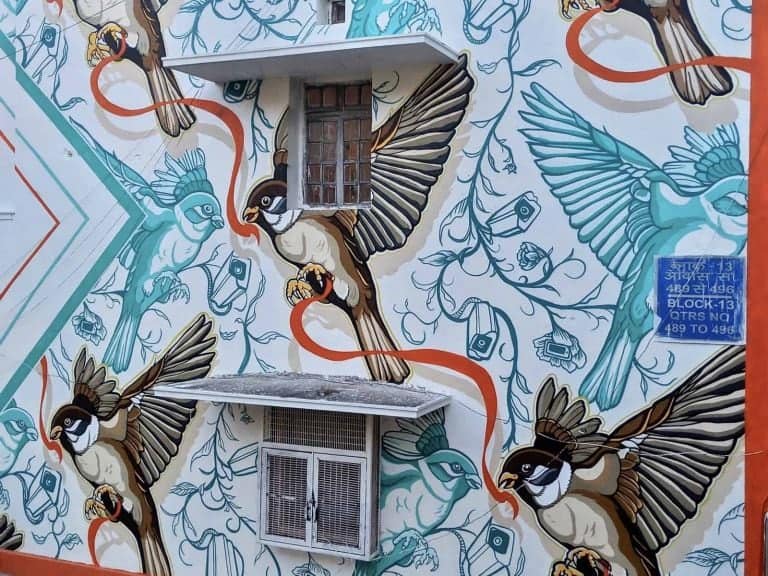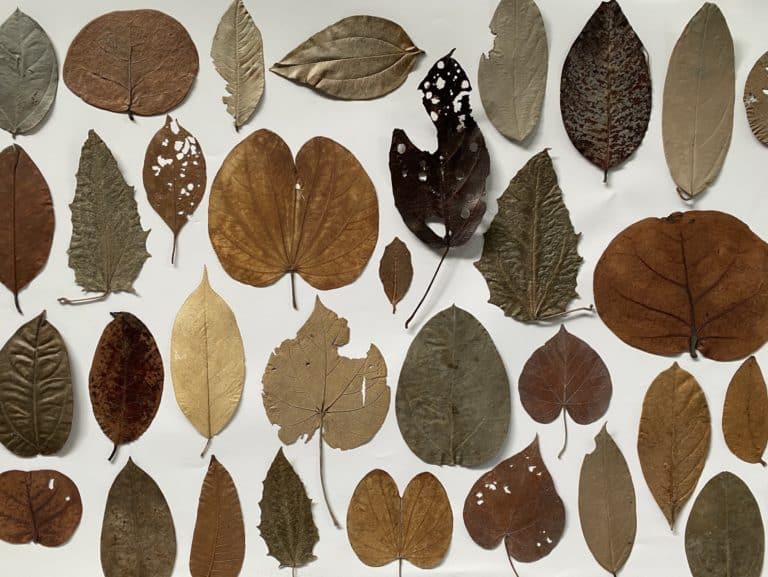
….is for Queer Art.
What is Queerness? In the English language, one might use it to refer to something deemed strange or peculiar. This term was initially used to refer pejoratively to non-heterosexual and non-cisgender people. Since the late 1980s, however, members of the queer community have begun to reclaim the word as a more encompassing alternative to LGBTQIA+ (admittedly quite the mouthful).
When one speaks of queer art, one thinks of art that addresses the topic of queerness – often by artists who are themselves queer, though not necessarily so.
Queer Art as Imagined Reality
Photographed in the style of traditional Chinese weddings, and referencing the artist’s own parents’ wedding photos, A 377A Wedding is a series by Singaporean photographer Lenne Chai that inserts queer figures into the canonical imagery that dominates a heterocentric, conservative community. In doing so the work asks: why not? Just what is so radical about a queer wedding that it is forbidden from being real? Nigh indistinguishable from its heterosexual kin, it is as though these photographs imply that the current state of affairs is the result of a failure of imagination.
More recently, Chai also lensed a series for Singapore publication Observatory for Valentines’ Day, in which they reimagine the yearbook of a queer-inclusive, queer-affirming school system. The tongue-in-cheek nod to the 2021 protest outside of Singapore’s Ministry of Education building under the auspices of art is a ballsy move, but perhaps precisely one that art is built for. With a knowing wink, the work critiques local politics while in the same breath injecting a slight camp aesthetic to an otherwise sombre state of affairs.
Queer Art as Documentation
Queer art documents reality as much as it imagines alternative possibilities. When it comes to the former, Thoamada (2011) by Cambodian artist Lyno Vuth is one such example. In this series, Vuth interviews 9 male homosexuals and bisexuals in his community, most of whom were still living closeted lives.
He then photographs them with their faces painted on with symbols that at once obscure their identities while expressing something of their internal realities. A work like this takes on documentary properties as it tells the stories of real people in the queer community, which often go untold in mainstream media and culture.
Sunpride Foundation’s Spectrosynthesis
Vuth’s work was a part of Spectrosynthesis II, the 2019 landmark exhibition staged by the Sunpride Foundation in Bangkok which remains to date the largest exhibition of queer Southeast Asian art. The exhibition featured the works of more than 50 artists, including the likes of Arin Runjang, David Medalla, Anne Samat and Jakkai Siributr, and spanned the gamut of styles from documentary to high camp.
“From day one we knew exactly what we wanted to do – to help raise visibility and respect for the [LGBT] community through art exhibitions. That’s how you can create a platform to communicate the issues you want to talk about – whatever issues are currently relevant to the community,” says Sunpride Foundation founder Patrick Sun of his plans for the foundation, as told to the South China Morning Post.
The Quietly Queer
Not all queer art is loud and proud – some artists prefer a subtler hand in exploring the poetics of queerness. Singaporean artist Moses Tan conjures the glass vitrine as a metaphor for the closet in his 2020 series borrowed intimacies.
The quiet melancholia of the drawings in this series do not proclaim queerness from the get-go, yet the layered imagery of failure, isolation and the stolen intimacy of lush nature sites hint at something strange and peculiar… something queer.
___________________________
Letter ‘Q’ illustration by Nadra Ahmad

















